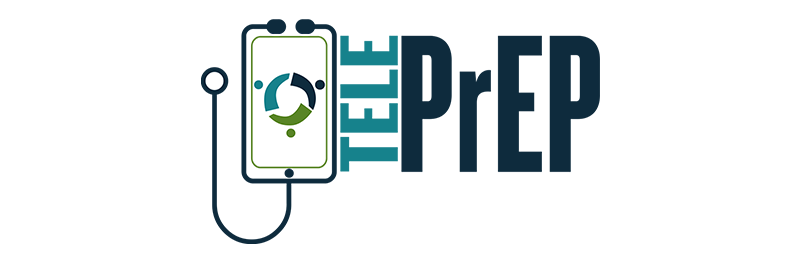What is PrEP?
PrEP is a daily pill for people who do not have HIV who want added protection. It is short for pre-exposure prophylaxis. When taken as prescribed, PrEP is highly effective in preventing HIV.
Your health care provider can help you decide if PrEP is a good fit. Some things to consider: how often you (and/or your partners) use condoms; whether you know the HIV status of your partners and if they are on ongoing treatment; and/or whether you have recently had any sexually transmitted diseases (STDs). If you or your partner use injection drugs, PrEP may also provide added protection.
If you are considering getting pregnant and concerned about HIV, talk with your doctor about PrEP. PrEP may be an option to help protect you and your baby from getting HIV while you try to get pregnant, during pregnancy, or while breastfeeding.
PrEP is available by prescription in the U.S. under the brand name Truvada. Truvada was first approved by the Food & Drug Administration (FDA) in 2004 to treat HIV in combination with other medications. In 2012, the FDA approved Truvada for use as PrEP for people who do not have HIV.
CDC, HIV Basics, PrEP. March 2018.
How effective is PrEP?
Very effective. When taken as prescribed, PrEP works to keep HIV from taking hold in the body.
According to the U.S Centers for Disease Control and Prevention, daily PrEP reduces the risk of getting HIV from sex by more than 90 percent. Among people who inject drugs, PrEP reduces the risk of getting HIV by more than 70 percent when used consistently.
Some studies have shown even higher effectiveness with consistent PrEP use among gay and bisexual men, and transgender women.
While PrEP is highly effective in preventing HIV, it does not protect against other sexually transmitted infections (STIs). To prevent gonorrhea, chlamydia, syphilis, and other common STDs, use condoms.
PrEP must be taken for some time before it reaches maximum effectiveness.
See: “How quickly does PrEP start working?” below.
CDC, HIV Basics, PrEP. March 2018.
How quickly does PrEP start working?
How do I get PrEP?
If you don’t have a regular health provider, or they don’t know about or are reluctant to prescribe PrEP, there are organizations that can help you get on PrEP. This may include finding a provider and/or identifying financial assistance, whether you have insurance or not.
How much does PrEP cost?
Does PrEP work after HIV exposure?
Once I start PrEP, can I stop?
What is involved in getting on PrEP?
I don't have insurance. Can I still get PrEP?
What is PEP?
What about the side effect of PrEP?
Does PrEP protect against any other STIs?
What about condoms?
-
Check the label of the condom before using it and don’t use it if it is past the labeled expiration date, or if it is over five years past the manufacture date. Also check the appearance of the condom. If it’s ripped or looks dry or brittle use another one.
-
If not already pre-lubricated, apply a small amount of water-based lubricant outside the condom can help prevent rips. Oil-based lubricants (for example petroleum jellies, body lotions, mineral or vegetable oils) should NOT be used with latex condoms because they can cause the latex to break down, and reduce or eliminate the condom’s effectiveness.
-
Open the package, tear gently on the side (not with teeth or scissors, which could rip the condom itself).
-
Pull the condom out slowly (with care) to prevent ripping.
-
Place the rolled condom over the head of the penis when it is hard.
-
Pinch the tip enough to leave a half-inch space for semen to collect.
-
Holding the tip, unroll the condom all the way to the base of the penis. The condom should fit snugly – but not too tight – so that it won’t slide off or break during intercourse.
-
If you start to put on a condom inside-out, don’t use it. Throw it away and use a new one. You’ll know it’s inside out because it won’t roll down the length of the penis easily.
-
If the condom rips at any time, throw that one out and use a new one.
-
Immediately after ejaculation, hold the base of the condom (so it stays in place and semen cannot spill out), and slowly withdraw the penis – while it is still hard. The condom should be wrapped in tissue and thrown away in the garbage (not in the toilet as it may clog).
What if I have another STI? Can I go on PrEP?
What if I miss a dose of PrEP?
If you forget to take your PrEP, try to get back on a daily schedule as soon as possible. If you don’t make a habit of missing doses, missing one will most likely not effect the level of protection PrEP offers from HIV.



